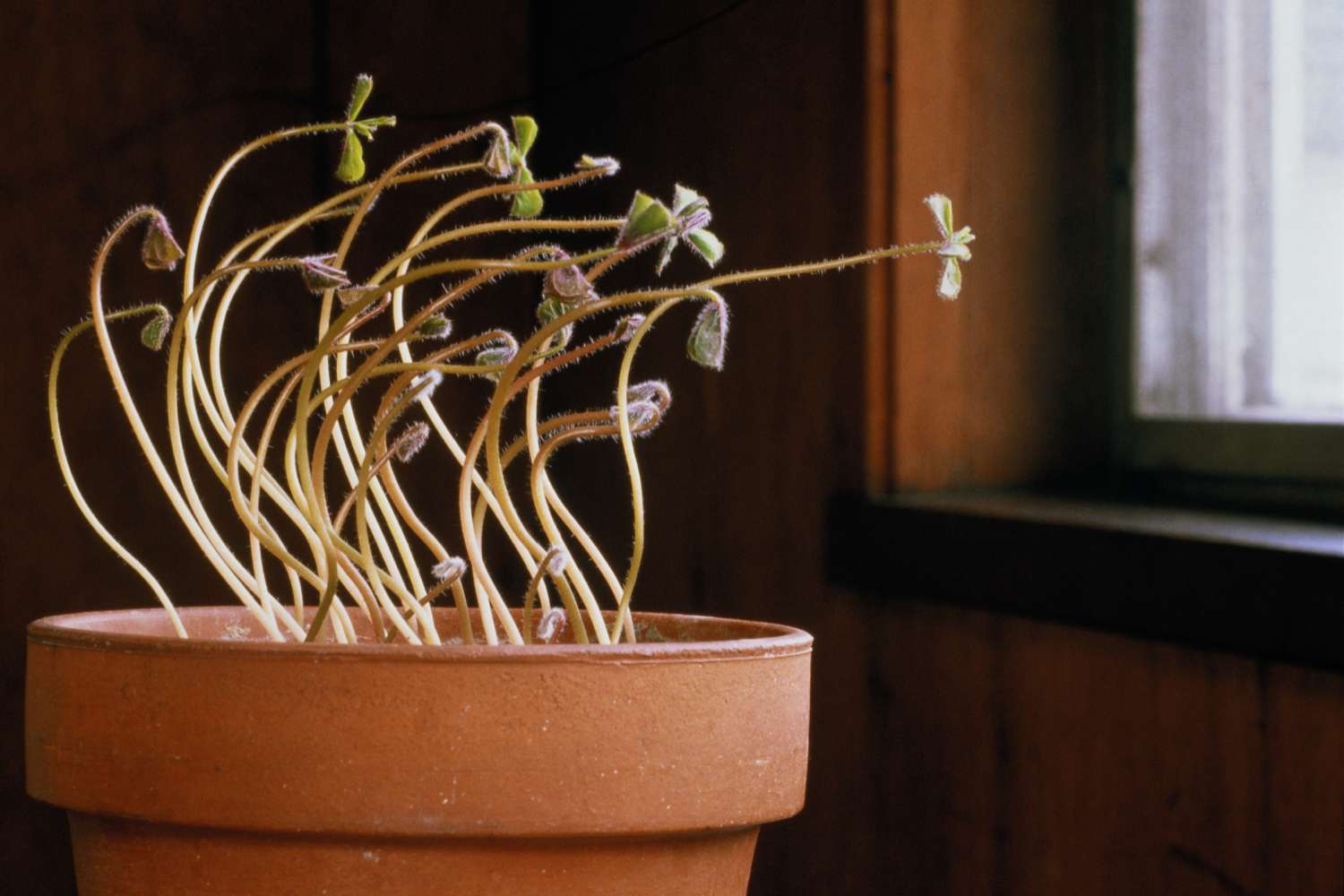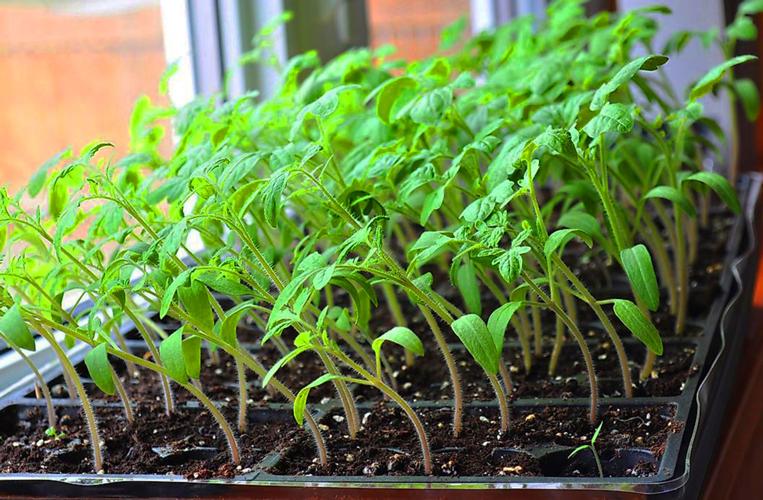Plants have evolved complex physiological and morphological adaptations that allow them to sense and respond to various environmental factors like light, gravity, moisture, and more.
This article explores the diverse strategies plants use to react to their surroundings and optimize growth and reproduction.
Read on to understand how plants dynamically engage with the world around them.
How Do Plants Respond to Their Environment?

Plants have evolved specialized photoreceptors, hormonal signaling pathways, and growth mechanisms that allow them to dynamically sense and respond to diverse environmental stimuli like light, touch, chemicals, and gravity.
These adaptive responses maximize growth, reproduction, and survival based on ambient conditions.
Key Points
- Phototropism allows plants to bend toward light sources for optimal photosynthesis.
- Touch-sensitive cells trigger responses like tendril coiling to provide support.
- Aquatic plants have adaptations to obtain nutrients and gases underwater.
- Plant hormones like auxins mediate responses to various signals.
How Does Phototropism Allow Plants to Respond to Light?

Phototropism is the directional growth of plants in response to light, which is sensed by photoreceptors in shoot tips.
Auxins accumulate on shaded sides, stimulating cell elongation that bends the plant toward light sources like the sun.
This adaptation allows plants to optimize light exposure for photosynthesis.
Phototropism exemplifies the complex hormonal and physiological mechanisms underpinning plant responses.
Do All Parts of A Plant Exhibit Phototropism?
While shoot phototropism is well-studied, roots also exhibit phototropism but grow away from light.
However, not all plants display phototropic responses.
For example, flowers on mature plants focus growth on reproduction rather than photosynthesis and no longer respond to light direction.
Understanding phototropism requires examining the selective pressure to respond to light cues.
How Does Thigmotropism Allow Plants to Respond to Touch?
Thigmotropism refers to directional growth responses to touch, vibration, and other mechanical stimuli.
Tendrils use thigmotropism to seek supports they coil around.
Venus flytraps use touch-sensitive hairs to trigger closure for capturing prey.
Thigmotropism allows plants to stabilize growth, defend against herbivores, and obtain spatial information about their surroundings.
Do Plants Use Chemical Signals to Respond to Their Environments?
Yes, plants can respond to airborne and soil chemical cues from neighboring plants, microbes, herbivores, and other sources.
For example, sagebrush releases volatile organic compounds that signal nearby plants to prepare chemical defenses against herbivores.
Plants also respond to nutrient gradients and microbial metabolites in the soil.
Chemical sensing allows plants to gather information about biological factors in their environment.
How Do Stomata Allow Plants to Respond to Environmental Conditions?
Stomata are pores on leaves that regulate gas exchange and water loss.
Factors like light, humidity, and CO2 concentration trigger proton pumps that open or close stomata by changing guard cell turgor pressure.
This response optimizes photosynthesis and water use efficiency as environmental conditions fluctuate.
Stomata exemplify how dynamic responses allow plants to adapt to ambient conditions.
How Do Aquatic Plants Respond to Their Unique Environment?
Submerged aquatic plants have thin, dissected leaves to maximize surface area for absorbing dissolved nutrients.
Floating aquatic plants like water lilies have waxy cuticles that repel water.
Responses like rapid shoot elongation form air channels that supply submerged plants with CO2 and O2.
Aquatic plants exhibit adaptations allowing them to sense and respond to their watery environment.
Do Plant Hormones Mediate Responses to the Environment?
Yes, plant hormones like auxins, cytokinins, gibberellins, and ethylene coordinate responses to environmental stimuli.
For example, auxins induce phototropic stem growth, while ethylene regulates leaf abscission in response to stresses.
Cytokinins mediate shoot growth based on the nutritional status of the root environment.
Hormone signaling pathways allow environmental information to be processed and translated into appropriate growth, development, and defensive responses.
Can Plants Respond to Gravitational Fields?
Yes, gravitropism allows plants to grow opposite gravity’s pull and reorient themselves if overturned.
Amyloplasts in endodermal cells sense gravity and trigger auxin accumulation to induce upward stem growth and downward root growth.
This adaptive response allows plants to maintain proper orientation for water transport and light absorption as they grow.
How Has Plasticity Evolved to Help Plants Respond?
Phenotypic plasticity refers to the ability of individual plants to modify morphology, development, and physiology in response to variable environments.
For example, plants produce thicker leaves under intense light or poorly drained soil.
Plasticity makes plants more adaptable and responsive to diverse localized conditions.
It is a key adaptive trait.
How Do Plants Respond to Their Environment?
Plants have evolved specialized photoreceptors, hormonal signaling pathways, and growth mechanisms that allow them to dynamically sense and respond to diverse environmental stimuli like light, touch, chemicals, and gravity.
These adaptive responses maximize growth, reproduction, and survival based on ambient conditions.
Why Do Plants React to External Stimuli?
As sessile organisms, plants cannot escape unfavorable conditions by moving to new locations.
As a result, they must be able to sense changes in their immediate environment and respond appropriately to optimize growth, reproduction, and survival.
Dynamic responses to stimuli like light intensity, humidity, mechanical disturbance, and nutrient gradients allow plants to adapt to ambient conditions in real time.
Plants integrate signals from diverse sensory modalities to gather information about their surroundings and implement physiological and morphological changes to take advantage of beneficial conditions or mitigate stresses.
Phototropism, gravitropism, stomatal responses, and plasticity enhance resource acquisition, structural stability, gas exchange regulation, and defensive responses based on input.
Responding to the environment allows plants to flourish in diverse habitats despite being rooted in place.
How Does Sunlight Affect Plant Growth?
Sunlight provides the energy that drives photosynthesis and plant growth, making it a critical environmental factor.
Plants respond to the intensity, duration, and direction of light through photoreceptors that trigger adaptive growth, such as phototropism toward light sources and increased leaf thickness in intense light.
Blue and red wavelengths of sunlight provide key cues for developmental transitions like germination and flowering.
Insufficient sunlight can cause etiolation or spindly growth as the plant attempts to expose more surface area to light.
Excess light can damage chlorophyll and lead to the production of protective pigments.
The diverse responses of plants optimize light interception and utilization to maximize photosynthetic capacity and growth.
What Allows Plants to Sense Their Surroundings?
Plants have evolved specialized receptor cells and proteins that detect and transduce diverse environmental signals into physiological responses.
Photoreceptors like phytochromes perceive light cues.
Mechanoreceptors sense touch, vibration, and gravity.
Ion channels and aquaporins detect water potential.
Receptor-like kinases identify pathogen molecules. GPCRs and other receptors bind airborne chemicals.
Complex signaling networks including hormones like auxins and transcriptional regulation cascades interpret and integrate this sensory input to elicit appropriate responses.
The sophisticated sensory capabilities of plants underpin their ability to adapt to dynamic environments despite their immobility.
Ongoing research aims to elucidate the genes, proteins, and pathways involved.
Why Do Some House Plants Grow Toward a Window?
When indoor house plants grow preferentially toward nearby windows, they are exhibiting phototropism in response to directional light cues.
The shoots detect sunlight through photoreceptor proteins like phytochrome and cryptochrome.
This triggers the lateral redistribution and accumulation of the plant hormone auxin to the shaded side.
Auxins stimulate localized cell elongation on the non-illuminated side, causing the shoot to exhibit differential growth and bend toward the light source.
This adaptive response maximizes light exposure for the plant, allowing it to optimize photosynthesis in low indoor light conditions.
The ability to dynamically respond through tropisms enhances growth and survival.
Key Takeaways:
- Plants have evolved sophisticated sensory capabilities and information-processing networks that allow them to dynamically respond to diverse environmental factors and stresses.
- Understanding the complex interplay between plants and their environment provides deep insight into ecology, physiology, and the nature of life.
FAQ
How Does Phenotypic Plasticity Help Plants Respond?
Phenotypic plasticity allows individual plants to modify their morphology and development in response to variable conditions like light intensity or soil drainage. This facilitates adaptation.
What Stimuli Can Trigger Plant Responses?
Light, gravity, moisture, temperature, touch, parasitic infection, and chemical signals can all induce responses through sensory networks in plants.
Do Roots Respond to Environmental Signals?
Yes, roots exhibit gravitropism to grow downward and respond to moisture gradients, nutrient patches, and allelopathic chemicals released by other plants.
At GreenChiCafe, we are passionate about our amazing planet and protecting the natural world.
Check out our website for more content on plant biology, ecology, and environmental topics.
